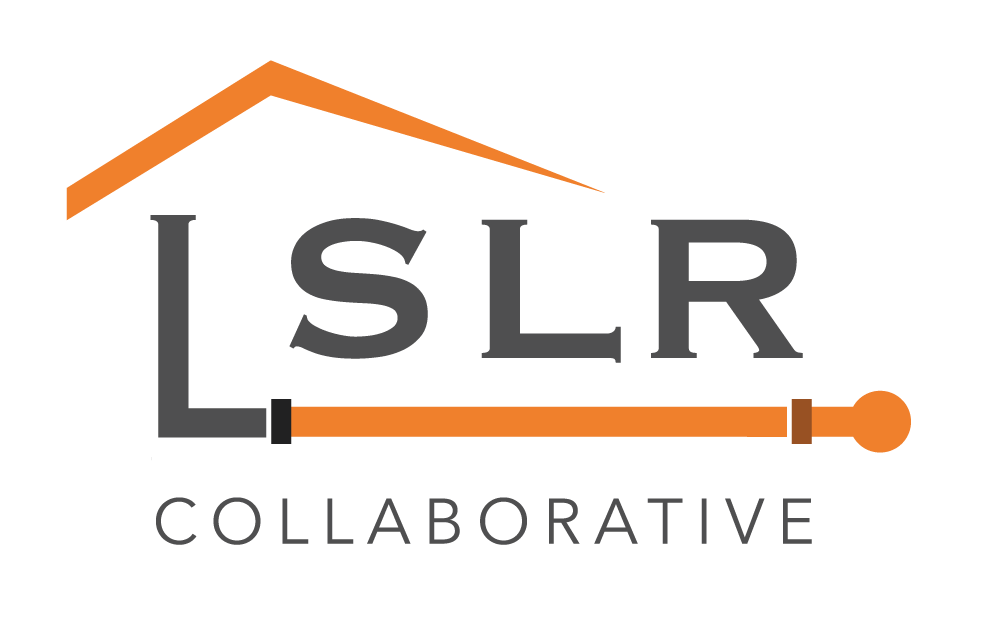|
NWI Times
Sarah Reese INDIANAPOLIS — Indiana American Water has won state regulatory approval to replace customer-owned lead water lines at the same time as the company removes and replaces lead service lines throughout its Hoosier water systems over the next 10 to 24 years. The Indiana Utility Regulatory Commission unanimously approved the water company's plan that was first in the state to take advantage of a 2017 law aimed at eliminating potentially dangerous lead pipes from water service. Read the full article. The Spokesman-Review
Amy Edelen The city of Spokane has finished removing all lead pipes in its water system. The $3 million lead elimination program – which was launched two years ago – replaced more than 486 lead connections with new copper pipe. Spokane had a long-standing policy to remove lead pipes during work on the water system, but officials opted in 2016 to speed up its replacement of lead pipes in the aftermath of the water crisis in Flint, Michigan. Flint’s water corroded lead pipes after it switched its source of water without adding proper chemicals, increasing lead in the water to unsafe levels. Read the full article. KHQ
Matt Pusatory The City of Spokane Water Department announced Friday that it has completed its program to remove all the remaining lead service lines in the city's water system. The program was launched in May 2016, and since then, the city replaced 486 lead connections with new copper pipe. “We are pleased to tell our citizens that we have completed our lead pipe elimination program,” says Mayor David Condon. “Hundreds of families in Spokane no longer have to be concerned about this potential health risk.” Read the full article. Fond du Lac Reporter
Sarah Razner FOND DU LAC – The federal Safe Drinking Water Loan Program awarded the city of Fond du Lac $200,000 to remove and replace lead pipes. The money was made available through the "two year, $26 million” Safety Drinking Water Loan, according to a press release from Rep. Jeremy Thiesfeldt (R-Fond du Lac). In addition to the $300,000 awarded last year, the money granted will be available through the city of Fond du Lac to remove lead pipe laterals on homeowner’s property, as taken on in coordination with annual street reconstruction in the city. Replacements can also be done in places “where publicly-owned lead services laterals have already been replaced.” Read the full article. The Journal Times
SARI LESK and JONATHON SADOWSKI RACINE — Gov. Scott Walker announced Wednesday that the City of Racine has been awarded $1.38 million in state funding to help replace an estimated 460 lead water service lines. The funding — provided as a “forgivable loan” that does not need to be repaid — will help defray part of the cost for property owners to replace the pipes, which have the potential to transfer harmful lead into drinking water. The city will be able to pay up to $3,000 directly to a contractor for the pipe replacement on behalf of a property owner, the governor’s office said. “We need to be sure our kids and families are drinking clean water and that means replacing lead pipes,” Walker stated. “For the City of Racine, we are helping replace at least 460 lead service lines that will help provide clean, lead-free water to businesses and homes. This is critical to ensure we have a healthy community.” Read the full article. Herald Times Reporter
MADISON - Manitowoc on Wednesday was named one of 42 Wisconsin communities receiving funds for the replacement of lead service lines in homes, schools and daycare facilities. More than $26 million was awarded over two years through a Wisconsin Department of Natural Resources funding program. “Clean, safe drinking water is a fundamental necessity,” said State Rep. Paul Tittl, R-Manitowoc, in a news release. “As the city works to replace its lead service lines, I am grateful to the state for making this funding available.” Manitowoc has been awarded $650,000 through the program — $350,000 for 2017 and $300,000 for 2018. Estimates suggest 215 lead service lines exist in Manitowoc. Read the full article. Environmental Defense Fund
Tom Neltner, Lindsay McCormick, and Audrey McIntosh Most communities have a general sense of how many lead service lines (LSLs) they have and what neighborhoods have them. The utilities that manage these community water systems (CWSs) base their estimates on installation and maintenance records, size and age of the service line, and professional experience supplemented with field investigations. It is the 80:20 rule in action; most utilities know enough to scope out the problem, develop a strategy, and set broad priorities. Utilities hesitate when they are expected to provide precise numbers or say with confidence whether a specific address has or does not have a LSL. It is especially difficult for older neighborhoods where records are particularly weak and there are long histories of repairs. Read the full blog. |
Have a suggestion for an article or blog to add?
Let us know! Type
All
Date
April 2023
|


 RSS Feed
RSS Feed